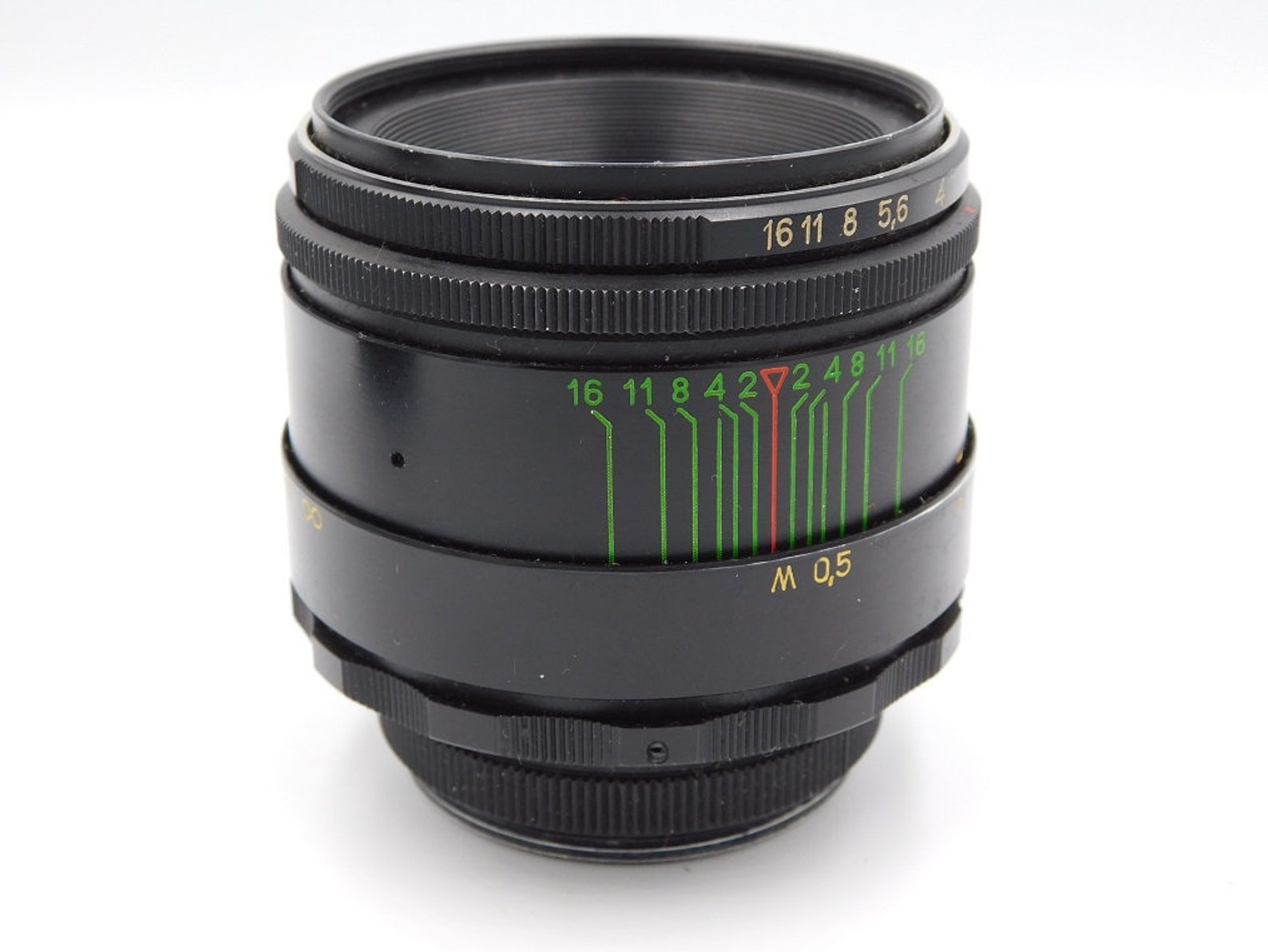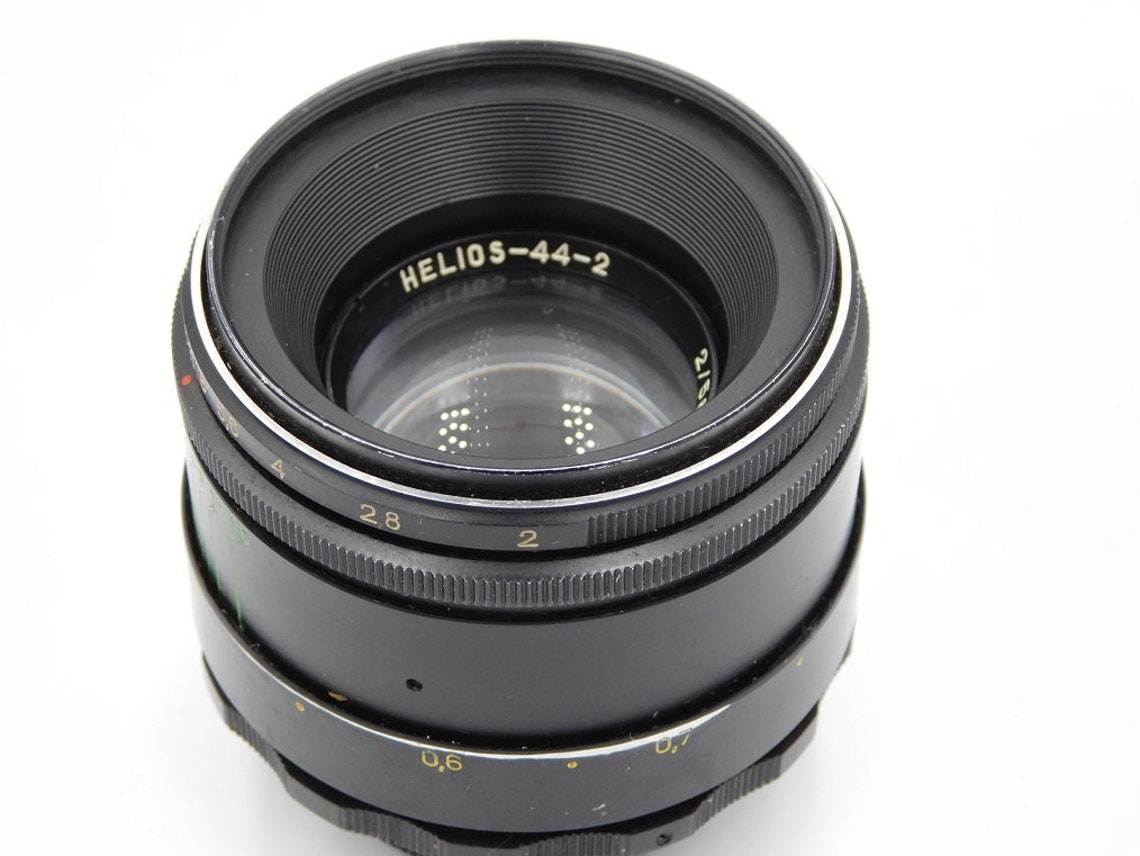
These are the so-called blur circles and, we are told, that as long as these circles are no larger than 1/30mm (originally on a 35mm film), then the average human eye cannot distinguish them from a point. The sharply focused parts of any image can be thought of as points or collections of points, but away from these - the out-of-focus areas - the light spreads slightly and those points become tiny circles. What might look like good bokeh to you and me, might very well not look good to others.

And again, I must stress that bokeh is a highly subjective measure. That basic aesthetic will likely pass the test, though aficionados might well develop finer definitions and, naturally, a specific vocabulary to go with it. So, what constitutes "good bokeh"? Well, I'd say a background where highlight blurs have soft edges and demonstrate no sharp distinctions between out-of-focus elements. It all comes down to perspective and the consequence of reducing three dimensions in the real world to the two-dimensional image on a print or screen. With wide-angle lenses you are much closer to a subject than with a telephoto. Lenses treat spatial separation of elements in a picture differently according to their focal length - a good exercise is to photograph a subject with a wide-angle lens and a telephoto and move so that it occupies the same proportion of the viewfinder. Meanwhile, telephoto lenses tend to isolate subjects from the background, and it is in that background that bokeh becomes important.

Typically, a wide-angle lens will render a foreground subject sharp, as well as retaining detail in the background. )īokeh tends to be less noticeable with wide lenses unless you are shooting close to a subject at maximum aperture. (My friend and fellow IR contributor Steve Meltzer sent me this, which seems appropriate. or American version) is a capricious tongue and someone is sure to correct you no matter how you say it. There are two syllables pronounced without noticeable pause between them: the bo (as in bone or boat) and a short ke (as in kettle or kelp) assuming that your pronunciation of these is standard. I'll put my photo nerd hat on and hopefully not offend you: The term is not pronounced boke (as in poke), or even bo-kay (as in Bouquet). Much has been written since then, including guides to the term's correct pronunciation - and explanatory YouTube videos - revealing how you, too, can be a photo nerd and leap to correct your (ex) friends.

As far as I can determine, bokeh first appeared as a term relating to Western photography in recent history when Mike Johnston introduced it in an 1977 issue of Photo Techniques magazine.


 0 kommentar(er)
0 kommentar(er)
